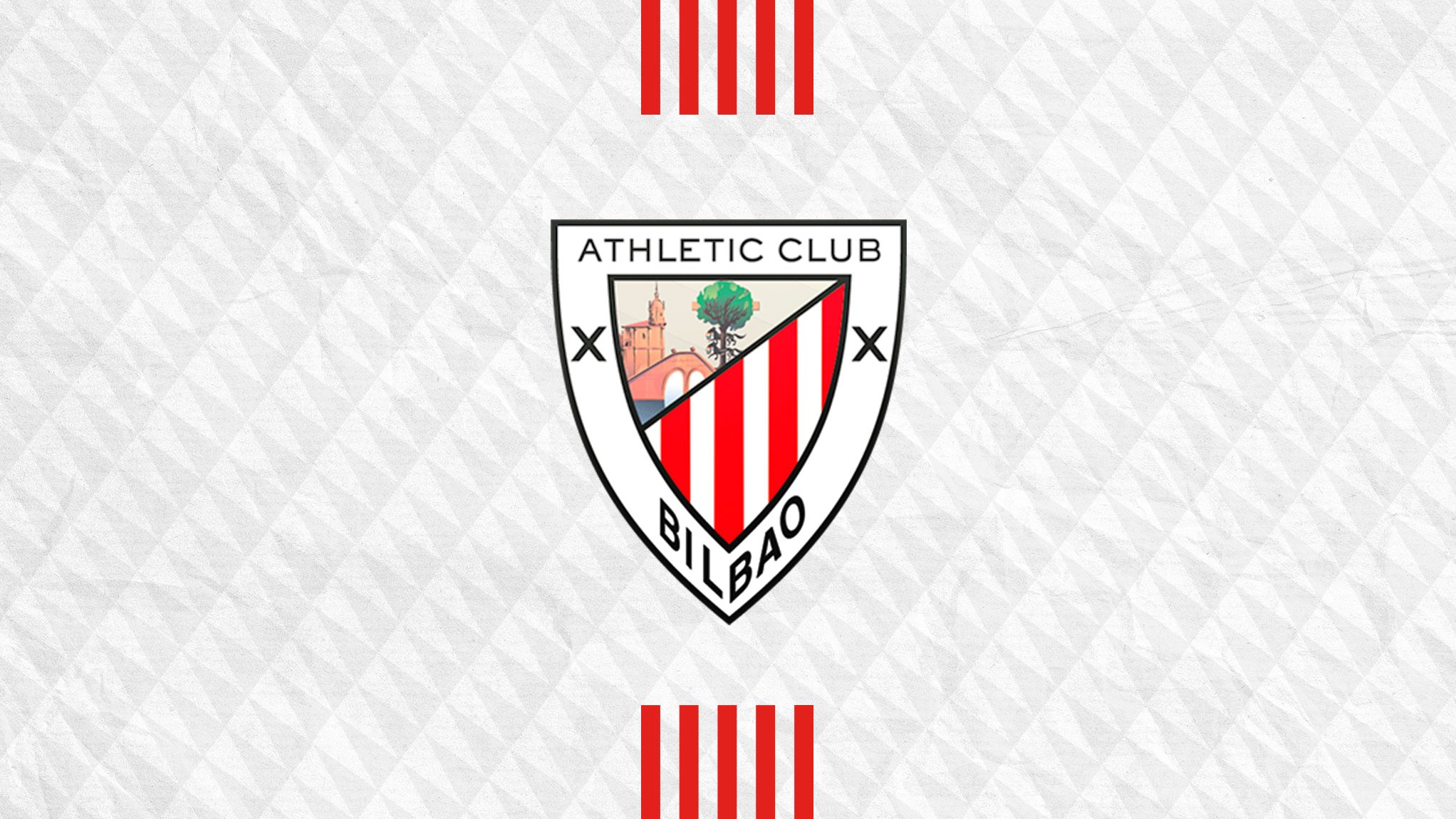Chapter II: Debut in Europe
In this second chapter pertaining to world football stars (excluding those of the Liga) that…
In this second chapter pertaining to world football stars (excluding those of the Liga) that have played in the old San Mamés, we will now concentrate exclusively in the 1950s.
On 12 December 1951, at the opening of a European tour, the prestigious River Plate with the innovator Amadeo Carrizo was presented in Bilbao. He was a pioneer in using the goal kick to initiate a counterattack. In any case, in a muddy pitch that apparently debilitated the Argentine squad, the goalkeeper suffered the offensive game of the lions, which came out victorious by 5-2 (two weeks later, the Argentineans devoted themselves and defeated Real Madrid by 3-4). Angel Labruna and Felix Loustau, two of the components of ‘La Maquina’, another two of those forwards that appear in soccer encyclopaedias, appeared in the starting line-up of a River Plate, that, besides offering a bouquet of flowers for Pichichi, had the detail to of giving Zarra a gift, who jumped onto the pitch dressed in civilian clothes to collect it. The chronicles highlighted Loustau in that match for his game, although the idol of the ‘millonarios’ fans was the goal scorer Labruna; it could be a simile of what Zarra has been for Athletic Club.
Labruna passed away at age 64 in 1983 from sudden cardiac arrest. Destiny was set for him to fall to his death in the arms of goalkeeper Ubaldo Fillol, who won the 1978 World Cup in Argentina. As we have mentioned a world champion, we should also emphasize that La Cathedral welcomed two of the creators of the ‘Miracle of Bern’; that final of 1954 in which the Germans overcame a 0-2 adverse result against all odds before the Hungarian combined team in which they were predestined to take the glory. Max Morlock cut the gap and Helmut Rahn scored the other two goals, something that turned him into a hero. The first player mentioned played a friendly match in Bilbao with Nurenberg on 23 December 1951 (2-4), and the second player, with the German Cup champions, Rot Weiss Essen, on 10 May 1953 (5-1), in a match organized by the Biscayan Federation. Rahn was Silver Ball winner in 1958 only behind Raymond Kopa (Real Madrid).
On the 8th of December 1953, Independent de Avellaneda handed Di Stefano’s Real Madrid its worst international defeat in Chamartín (0 to 6). In Madrid they were totally astonished with the offensive power of the Argentineans. “A true work of Art”, read the sports headlines. Another one of its rivals during this tour was Athletic Club which, after seeing their potential, stood up to them in San Mamés and defeated them by 5-2. However, its star player, Ernesto Grillo, ended up being sent off for hitting the referee. Apart from that event, Grillo was an exceptional player and in Argentina he is remembered for the legendary goal that he scored against England on 14 May 1953. Its meaning was so important, that the Argentine Footballer Day was set on that date in tribute to that goal.
In the mid 1950s, football took another course with the introduction of international competitions at the level of clubs nowadays called Champions League and Europa League. Athletic Club came into the picture as Liga champion in the second edition of the European Cup (1956/57).
After eliminating Oporto, Ferdinand Daucik’s pupils paired off in the Round of 16 against the formidable Honved of the forwards Puskas, Kocsis and Czibor and the midfielder Bozsik, basic components in that magical team (the one that lost the World Cup of 1954), which marked a milestone after defeating England by 3-6 at Wembley in 1953, thus shattering the unquestionable English WM tactics. Those four footballers unfolded their game in San Mamés, but they fell before a great Athletic (3-2) and, in the second leg, held in Heysel (Brussels) as the Soviet invasion of Hungary took place the lions scratched a valuable draw at three that was enough to take them on to the next round. It was the last official match donning the Honved jersey of Puskas, Kocsis and Czibor (the first later played for Real Madrid and the other two, in FC Barcelona), as they decided not to return to their country, already occupied by the troops of the former USSR.
Once in quarterfinals, the lions received Manchester United at home under a heavy snowstorm, in an unforgettable match that ended with a victory for Bilbao (5-3), however, they were eliminated in Maine Road), home to ‘citizen’ by 3-0.
In any case, San Mamés’ spectators were very impressed by the game of the 21-year-old international, Duncan Edwards, who was destined to become the best English footballer of all times. That young man of a quite athletic complexion, who ended up becoming one of the most charismatic of the ‘ Busby babes’, was one of the eight ‘red devils’ that were later killed in a plane crash in Munich.
To pay tribute to Mister Pentland, on 8 December 1959, our Club invited Chelsea, whom they defeated by 1-0 with an own goal by defender Sillet, who sent his goalie a lob from just outside the area that slipped right into the goalmouth. The London team lined up the ‘king of goals’ in the history of the English Premier League; Jimmy Greaves, six times Pichichi, four of them with Tottenham Hotspur. In Greaves’ career there remained a thorn due to the fact that he was not able to play the stellar moment of English football, the Wembley World Cup of 1966, as National team Manager, Alf Ramsey, kept him on the bench.

